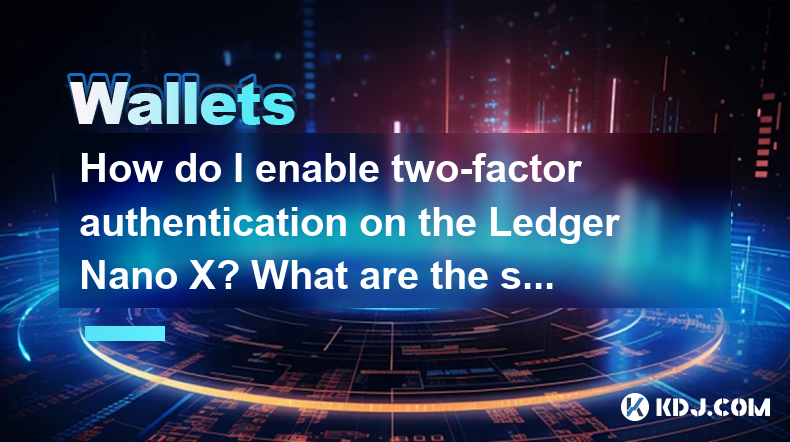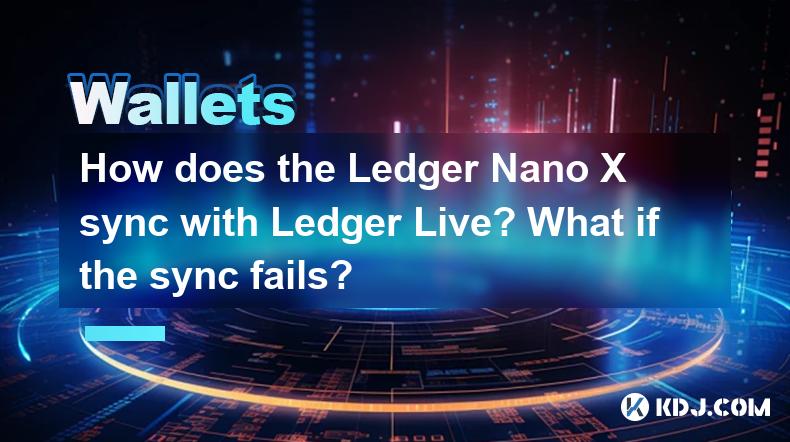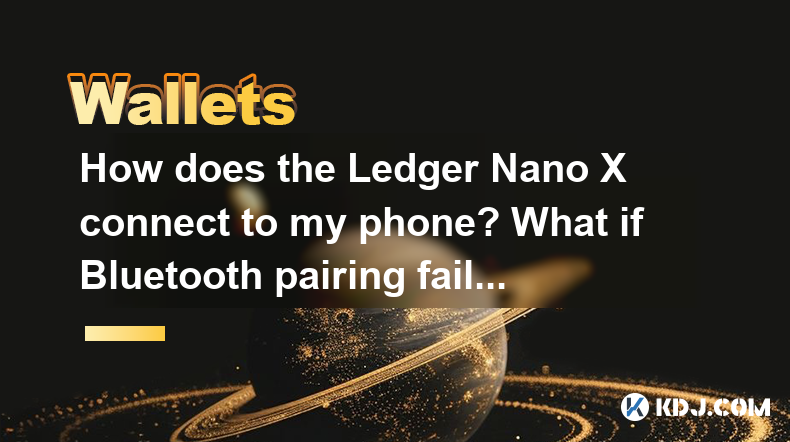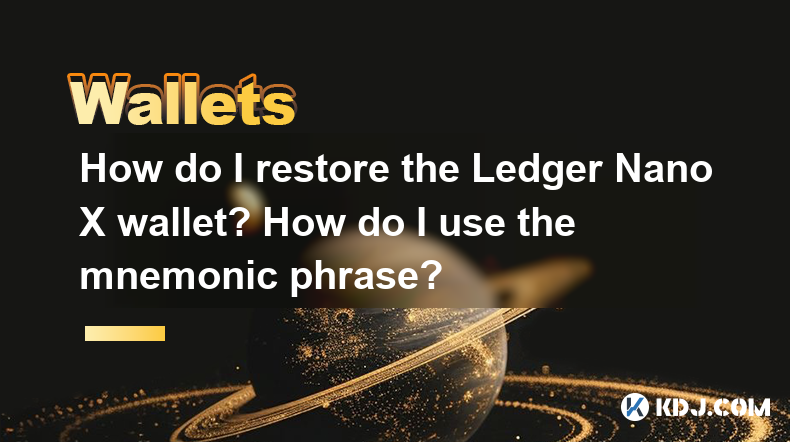-
 Bitcoin
Bitcoin $95,365.3922
-0.93% -
 Ethereum
Ethereum $1,826.0434
-0.16% -
 Tether USDt
Tether USDt $1.0001
-0.06% -
 XRP
XRP $2.1863
-0.78% -
 BNB
BNB $589.2226
-1.60% -
 Solana
Solana $147.0557
-0.63% -
 USDC
USDC $1.0000
-0.04% -
 Dogecoin
Dogecoin $0.1728
-2.51% -
 Cardano
Cardano $0.6868
-4.19% -
 TRON
TRON $0.2479
0.72% -
 Sui
Sui $3.2697
-1.68% -
 Chainlink
Chainlink $14.0603
-1.99% -
 UNUS SED LEO
UNUS SED LEO $9.0867
1.51% -
 Avalanche
Avalanche $19.9540
-3.85% -
 Stellar
Stellar $0.2678
-1.41% -
 Toncoin
Toncoin $3.0669
-2.09% -
 Shiba Inu
Shiba Inu $0.0...01275
-2.71% -
 Hedera
Hedera $0.1768
-2.73% -
 Bitcoin Cash
Bitcoin Cash $355.2149
-2.90% -
 Hyperliquid
Hyperliquid $20.6870
0.54% -
 Litecoin
Litecoin $86.4387
0.20% -
 Polkadot
Polkadot $3.9412
-3.47% -
 Dai
Dai $1.0000
-0.01% -
 Monero
Monero $278.6772
-0.18% -
 Bitget Token
Bitget Token $4.3454
-0.88% -
 Ethena USDe
Ethena USDe $1.0004
-0.03% -
 Pi
Pi $0.5915
1.42% -
 Pepe
Pepe $0.0...08139
-2.35% -
 Uniswap
Uniswap $5.0662
-1.17% -
 Aptos
Aptos $5.1244
-1.41%
How to trade with Bitcoin wallet
Sentence: Understanding Bitcoin wallets, securely handling funds, and wisely connecting to exchanges are crucial aspects of successful Bitcoin trading.
Jan 12, 2025 at 01:16 am

Key Points:
- Understanding Your Bitcoin Wallet
- Setting Up a Bitcoin Wallet
- Safely Handling Bitcoin
- Placing a Trade: Connecting to Exchanges
- Monitoring Trades and Managing Risk
- Withdrawals and Storage Options
- Common Errors and Troubleshooting
Understanding Your Bitcoin Wallet
A Bitcoin wallet is a digital tool that allows you to store, receive, and send Bitcoin. It is an essential component for trading, as it provides a secure and convenient way to manage your cryptocurrency assets.
- Types of Wallets: There are different types of Bitcoin wallets available, each with its own advantages and disadvantages. Hardware wallets offer the highest security, while software wallets are more convenient.
- Private Keys: Your Bitcoin wallet holds a private key, a secure code that gives you exclusive access to your funds. It is crucial to safeguard your private key and keep it confidential.
- Public Addresses: Each wallet also has a public address, which is similar to a bank account number. This address is used to receive Bitcoin and can be shared with others.
Setting Up a Bitcoin Wallet
To begin trading Bitcoin, you need to create a wallet. There are numerous reputable wallet providers available.
- Selecting a Wallet: Consider the type of wallet that best suits your needs and security requirements. Research different providers and compare features, security measures, and ease of use.
- Downloading and Installing: Once you have chosen a wallet, follow the instructions provided by the provider to download and install it on your device. This process typically involves creating a new wallet or restoring an existing one.
- Backing Up Your Wallet: It is vital to back up your wallet in case of hardware failure or theft. This involves generating a backup file or phrase that allows you to restore your wallet on a new device.
Safely Handling Bitcoin
Trading Bitcoin requires responsible handling to protect your funds and privacy.
- Avoid Sharing Sensitive Information: Never share your private key or seed phrase with anyone. These are sensitive pieces of information that should only be accessible to you.
- Use Secure Connections: Always access your wallet and trade from a secure internet connection. Avoid using public Wi-Fi networks or unencrypted connections.
- Protect Against Phishing: Phishing attacks aim to trick you into disclosing your wallet information or private key. Be cautious of unsolicited emails or websites claiming to be from legitimate sources.
Placing a Trade: Connecting to Exchanges
To trade Bitcoin, you need to connect your wallet to a cryptocurrency exchange. Exchanges provide a platform for buyers and sellers to interact and execute trades.
- Choosing an Exchange: Select a reputable and regulated cryptocurrency exchange that supports Bitcoin trading. Consider factors such as fees, security measures, and trading volume.
- Creating an Account: Create an account with the selected exchange and complete the necessary verification process.
- Depositing Funds: Once your account is set up, you can deposit Bitcoin into your exchange wallet from your private wallet or by purchasing Bitcoin on the platform.
Monitoring Trades and Managing Risk
Effective Bitcoin trading involves diligently monitoring your trades and implementing risk management strategies.
- Tracking Positions: Keep track of all your open and closed trades. Monitor market movements and price fluctuations to make informed decisions.
- Order Types: Understand different order types, such as market orders, limit orders, and stop-loss orders, to execute trades efficiently and manage risk.
- Setting Stop Losses and Take Profits: Utilize stop-loss and take-profit orders to automatically close your trades if the market reaches a predetermined price level, limiting potential losses and securing profits.
Withdrawals and Storage Options
Once you complete a trade and have Bitcoin in your exchange wallet, you need to withdraw it to a more secure storage solution.
- Choosing a Storage Method: Hardware wallets and cold storage solutions offer enhanced security for long-term storage of Bitcoin. Research different options and choose the one that aligns with your risk tolerance and security requirements.
- Withdrawing from Exchange: Initiate a withdrawal from your exchange wallet to the chosen storage method. Follow the instructions provided by the exchange and ensure you have the correct address for sending the Bitcoin.
- Securing Your Storage: Store your hardware wallet or cold storage device in a secure location, such as a safe or safety deposit box. Implement additional security measures, such as two-factor authentication, to protect your assets.
Common Errors and Troubleshooting
Trading Bitcoin can involve some common errors and setbacks. Understanding these issues and how to resolve them is important for successful trading.
- Incorrect Wallet Addresses: Double-check wallet addresses before sending Bitcoin to avoid sending funds to the wrong recipient.
- Insufficient Fees: Ensure you have enough Bitcoin in your wallet to cover trading fees. Insufficient fees can result in delayed or failed transactions.
- Trading Scams: Be aware of trading scams and phishing attempts. Verify the authenticity of websites and emails, and never share your private key with anyone.
FAQs:
- Why is a Bitcoin wallet necessary for trading?
A Bitcoin wallet allows you to store, receive, and send Bitcoin, which is essential for executing trades on cryptocurrency exchanges. - What are the different types of Bitcoin wallets?
Hardware wallets, software wallets, mobile wallets, and paper wallets are the main types of Bitcoin wallets available. - How can I protect my Bitcoin from theft?
Use secure passwords, enable two-factor authentication, keep software and devices up to date, and consider using additional security measures like hardware wallets. - What are the benefits of using a cryptocurrency exchange?
Exchanges provide a platform for buyers and sellers to interact, offer liquidity, and enable trading of Bitcoin and other cryptocurrencies. - What is the best way to store Bitcoin long term?
Hardware wallets or cold storage devices are considered the most secure storage methods for long-term holding of Bitcoin.
Disclaimer:info@kdj.com
The information provided is not trading advice. kdj.com does not assume any responsibility for any investments made based on the information provided in this article. Cryptocurrencies are highly volatile and it is highly recommended that you invest with caution after thorough research!
If you believe that the content used on this website infringes your copyright, please contact us immediately (info@kdj.com) and we will delete it promptly.
- SUI Price Prediction: SUI Emerges as a Top-Performing Altcoin
- 2025-05-05 00:20:12
- Bitcoin (BTC) Maintains Its Bullish Form from April as It Gains by Over 4%
- 2025-05-05 00:20:12
- Coinbase to End Support for 5 Digital Assets on May 16, 2025
- 2025-05-05 00:15:12
- The crypto market in 2025 is full of surprises
- 2025-05-05 00:15:12
- Trump's New Memecoin Sparks Outrage
- 2025-05-05 00:10:12
- Ripple still knows how to draw attention in itself
- 2025-05-05 00:10:12
Related knowledge

How do I enable two-factor authentication on the Ledger Nano X? What are the security options?
May 02,2025 at 09:49pm
Enabling two-factor authentication (2FA) on your Ledger Nano X is a critical step in securing your cryptocurrency assets. The Ledger Nano X offers robust security options that enhance the protection of your digital wealth. In this article, we will guide you through the process of enabling 2FA on your Ledger Nano X and explore the various security featur...

How do I export the Ledger Nano X transaction history? How long can the data be saved?
May 04,2025 at 07:21am
Introduction to Ledger Nano X and Transaction HistoryThe Ledger Nano X is a hardware wallet designed to store your cryptocurrency safely. It supports a wide range of cryptocurrencies and offers robust security features. One of the essential aspects of managing your cryptocurrencies is keeping track of your transaction history. The Ledger Nano X allows y...

How does the Ledger Nano X sync with Ledger Live? What if the sync fails?
May 04,2025 at 12:07pm
The Ledger Nano X is a popular hardware wallet that allows users to securely manage their cryptocurrency assets. One of the key features of the Ledger Nano X is its ability to sync with the Ledger Live application, which provides a user-friendly interface for managing your crypto portfolio. In this article, we will explore how the Ledger Nano X syncs wi...

How do I send cryptocurrency with the Ledger Nano X? What are the transaction confirmation steps?
May 03,2025 at 05:01am
Sending cryptocurrency using the Ledger Nano X involves a series of steps that ensure the security and accuracy of your transactions. This process is designed to be user-friendly while maintaining the high level of security that Ledger devices are known for. In this article, we will guide you through the process of sending cryptocurrency with the Ledger...

How does the Ledger Nano X connect to my phone? What if Bluetooth pairing fails?
May 02,2025 at 07:07pm
The Ledger Nano X is a popular hardware wallet designed to securely store your cryptocurrency. One of its key features is the ability to connect to your smartphone via Bluetooth, allowing for a seamless and convenient user experience. In this article, we will explore how to connect your Ledger Nano X to your phone and what to do if Bluetooth pairing fai...

How do I restore the Ledger Nano X wallet? How do I use the mnemonic phrase?
May 04,2025 at 08:07am
Restoring a Ledger Nano X wallet and using its mnemonic phrase are critical processes for any cryptocurrency user. These steps ensure that you can recover your funds if your device is lost, damaged, or stolen. This article will guide you through the detailed process of restoring your Ledger Nano X wallet using the mnemonic phrase, ensuring you can acces...

How do I enable two-factor authentication on the Ledger Nano X? What are the security options?
May 02,2025 at 09:49pm
Enabling two-factor authentication (2FA) on your Ledger Nano X is a critical step in securing your cryptocurrency assets. The Ledger Nano X offers robust security options that enhance the protection of your digital wealth. In this article, we will guide you through the process of enabling 2FA on your Ledger Nano X and explore the various security featur...

How do I export the Ledger Nano X transaction history? How long can the data be saved?
May 04,2025 at 07:21am
Introduction to Ledger Nano X and Transaction HistoryThe Ledger Nano X is a hardware wallet designed to store your cryptocurrency safely. It supports a wide range of cryptocurrencies and offers robust security features. One of the essential aspects of managing your cryptocurrencies is keeping track of your transaction history. The Ledger Nano X allows y...

How does the Ledger Nano X sync with Ledger Live? What if the sync fails?
May 04,2025 at 12:07pm
The Ledger Nano X is a popular hardware wallet that allows users to securely manage their cryptocurrency assets. One of the key features of the Ledger Nano X is its ability to sync with the Ledger Live application, which provides a user-friendly interface for managing your crypto portfolio. In this article, we will explore how the Ledger Nano X syncs wi...

How do I send cryptocurrency with the Ledger Nano X? What are the transaction confirmation steps?
May 03,2025 at 05:01am
Sending cryptocurrency using the Ledger Nano X involves a series of steps that ensure the security and accuracy of your transactions. This process is designed to be user-friendly while maintaining the high level of security that Ledger devices are known for. In this article, we will guide you through the process of sending cryptocurrency with the Ledger...

How does the Ledger Nano X connect to my phone? What if Bluetooth pairing fails?
May 02,2025 at 07:07pm
The Ledger Nano X is a popular hardware wallet designed to securely store your cryptocurrency. One of its key features is the ability to connect to your smartphone via Bluetooth, allowing for a seamless and convenient user experience. In this article, we will explore how to connect your Ledger Nano X to your phone and what to do if Bluetooth pairing fai...

How do I restore the Ledger Nano X wallet? How do I use the mnemonic phrase?
May 04,2025 at 08:07am
Restoring a Ledger Nano X wallet and using its mnemonic phrase are critical processes for any cryptocurrency user. These steps ensure that you can recover your funds if your device is lost, damaged, or stolen. This article will guide you through the detailed process of restoring your Ledger Nano X wallet using the mnemonic phrase, ensuring you can acces...
See all articles





















































































